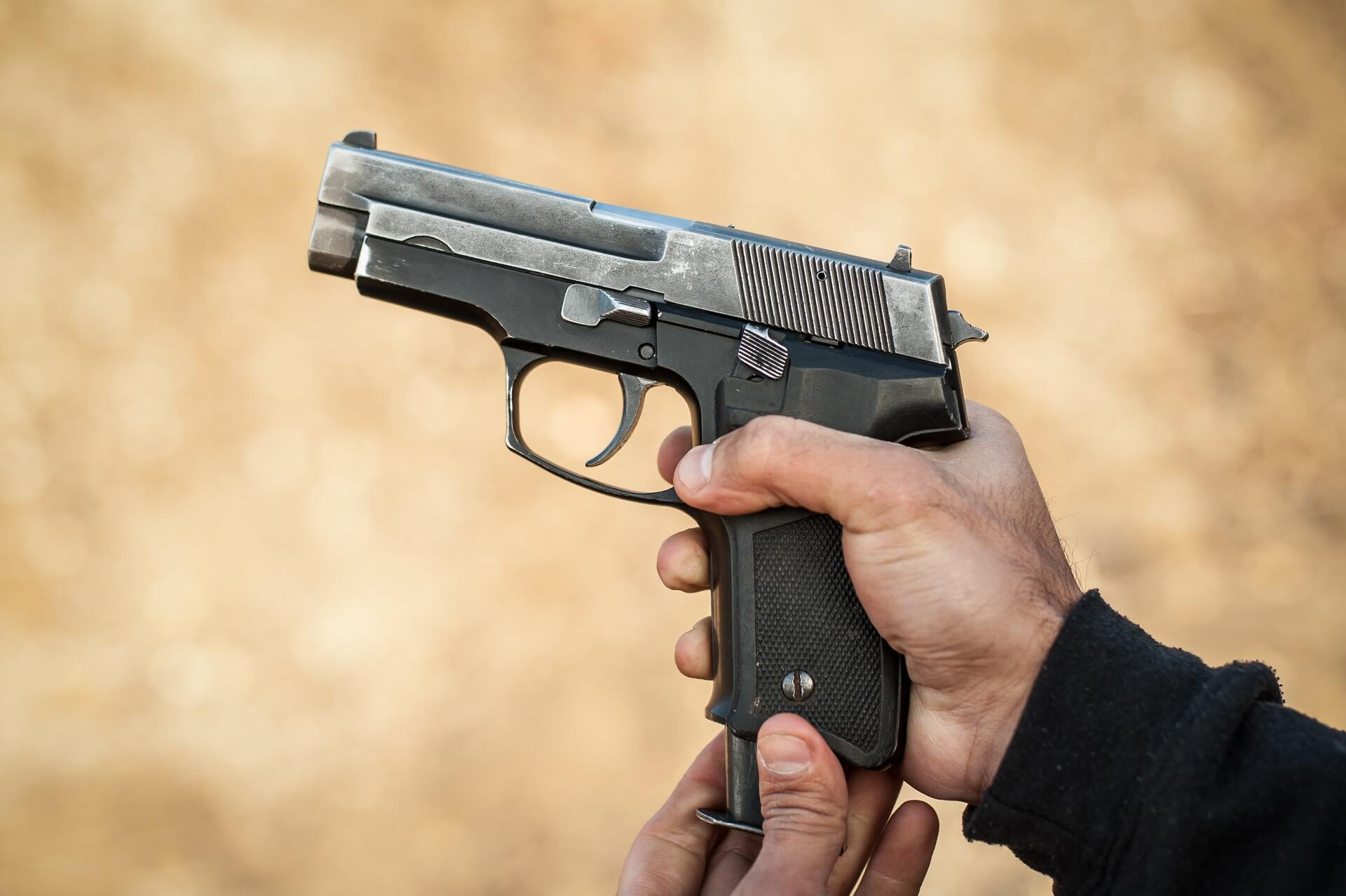When it comes to using a handgun for self-defense or in combat situations, reloading the firearm quickly and efficiently can be crucial to survival. There are several different ways to reload your weapon. Each has its own advantages and disadvantages. Do you know what your options are?
Slide Lock Reload
This is the most basic type of reload. This option involves releasing the magazine from the gun and pulling the slide back to lock it in place. Once the slide is locked, a fresh magazine can be inserted. The slide is then released to chamber a new round. This option is relatively slow, as it requires the shooter to manually lock the slide back before inserting the new magazine, and it can also be difficult to perform under stress.
Tactical Reload
The tactical reload, also known as a speed reload, is performed by retaining the partially expended magazine and inserting a fresh magazine into the gun while it is still in operation. The partially expended magazine is then retained for later use. This is faster than the slide lock reload. It can be performed without taking the gun out of operation, which is a significant advantage in combat situations. Seconds matter!
Reload with Retention
This involves retaining the partially expended magazine while inserting a fresh magazine into the gun. Once the fresh magazine is in place, the partially expended magazine is removed and retained for later use. This is one of the slower options. However, it allows the shooter to retain the partially expended magazine, which can be useful if the situation calls for a more rounds later on.
Emergency Reload
This method is used when the gun is completely out of ammunition and requires the shooter to perform a rapid reload. In this type of reload, the partially expended magazine is dropped and a fresh magazine is inserted into the gun as quickly as possible. It can be dangerous if performed improperly. It requires the shooter to take their eyes off the target to locate and insert the fresh magazine.
Reload Under Stress
Similar to the emergency reload, this is performed while the shooter is under duress. This type of reload is often used in combat situations. It requires the shooter to maintain focus on the target while performing the reload. It can be difficult to perform, as it requires the shooter to remain calm and focused under pressure. If you haven’t practiced in high-stress situations, it’s unlikely you’ll preform well in real life.
Magazine Exchange
The magazine exchange involves exchanging the partially expended magazine with a fresh magazine. This method is typically performed when the partially expended magazine is damaged or the shooter needs to switch to a different type of ammunition. The magazine exchange is slower than the other options and requires the shooter to take their eyes off the target to locate and exchange the magazine.
Understanding all your options and practicing them regularly can help improve a shooter’s ability to perform under stress and increase their chances of survival in a combat situation. Practice is key! If you can, take classes to practice all of the fundamental handgun skills required to protect yourself.

